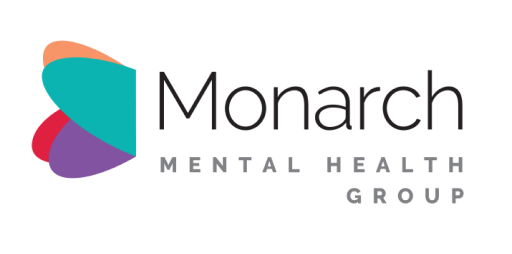Ever wondered what happens in the brain during psychological therapy sessions? Psychological therapy, or “talk therapy”, is one of the most effective options for people experiencing distress. There are many approaches to psychological therapy however, all of them highlight the qualities of the therapeutic alliance; based on empathy, non-judgement and compassion, as the centrepiece of this work.
Attachment and the brain
All relationships change the brain.
Especially the ones we have with our primary caregivers as infants, and our romantic partners as adults. Humans are simply not born with the capacity to regulate our emotions, and we are entirely dependent on our primary caregivers for much longer periods than other creatures. As infants, our attachment and sense of worth in the eyes of our caregivers are critical to our survival. The function of the attachment system, which bonds caregivers to infants, is to promote reliance on their caregivers so that co-regulation can facilitate the emergence of self and emotion regulation for the infant. This then leads to changes in brain structure and functionality, stimulating or inhibiting certain brain areas (Kim, 2016). The development of the right hemisphere and the prefrontal cortex, orbitofrontal cortex, and limbic system is influenced by such a relationship in childhood. Difficulties in early childhood attachment relationships can predispose people to mental health concerns as adults. Fortunately thanks to neuroplasticity and interpersonal neurobiology, the brain can heal from trauma and early adversity (Doidge, 2010).
Brain scans before and after psychotherapy show that brain plasticity reorganizes itself in psychological treatment and that the more successful the treatment, the greater the change. Changes to regions within the prefrontal cortex, basal ganglia, and limbic areas have been found in neuroimaging studies, pre- and post-psychological therapy for people with anxiety and depression (Fournier & Price, 2014). These regions are involved in the generation and regulation of emotion, fear responding, and response to reward.
And it’s not only the clients whose brain changes: Interestingly, in one study psychotherapists display a significantly thicker left dorsolateral prefrontal cortex on the A9/46d region than non–therapists, and this correlated with measures of empathic concern, but no other psychometrics in the study (Dominguez-Arriola et al., 2022). It may be the greater thickness of this region could reflect a greater tendency to regulate one’s emotional state in a professional role that requires high levels of empathy.
Enter empathy and mirror neurons
Mirror neurons are a network of brain cells that fire in primates (yes, that’s us folks!) when we see another person experience life. A simple example of this is when someone yawns and we find ourselves yawning too. Or following a yoga pose demonstrated by an instructor. Mirror neurons show us that our ability to “put ourselves in someone else’s shoes”, is a very real and active part of our brain. Mirror neurons are very active when we are engaged in counselling. A therapist might model self-compassionate or courageous ways of responding to anxiety-provoking situations, a curious stance towards unhelpful concrete ways of thinking, validation and kindness in the face of self-criticism, or model hope in the face of unrelenting crises. The act of talking with a therapist and approaching life dilemmas in a variety of different ways can activate the mirror neurons in a client with anxiety or depression (or a range of other problems).
We have a menu of choices available for people experiencing depression, anxiety and related concerns at Monarch Mental Health Group. We have several psychological treatment programs that have immediate availability for integrative psychological and psychiatric care to support their mental health.
References
Domínguez-Arriola M. E., Olalde-Mathieu V. E., Garza-Villarreal E. A. & Barrios F. A. (2022). The dorsolateral prefrontal cortex presents structural variations associated with empathy and emotion regulation in psychotherapists. Brain Topogr. 5-6, 1–14. 10.1007/s10548-022-00910-3
Fournier J.C. & Price, R.B. (2014) Psychotherapy and Neuroimaging. Focus (Am Psychiatr Publ). Jul 1;12(3):290-298.
Kim P. (2016). Human maternal brain plasticity: adaptation to parenting. New Dir. Child Adolesc. Dev. 153, 47–58. 10.1002/cad.20168
.png)
About The Author
Dr Ted Cassidy
Dr. Ted Cassidy is a psychiatrist and co-founder of Monarch Mental Health Group in Australia, which provides innovative treatments for depression, PTSD, and anxiety. Monarch Mental Health is recognized as Australia's first outpatient clinic offering assisted therapy and is the largest provider of outpatient magnetic stimulation therapy.

